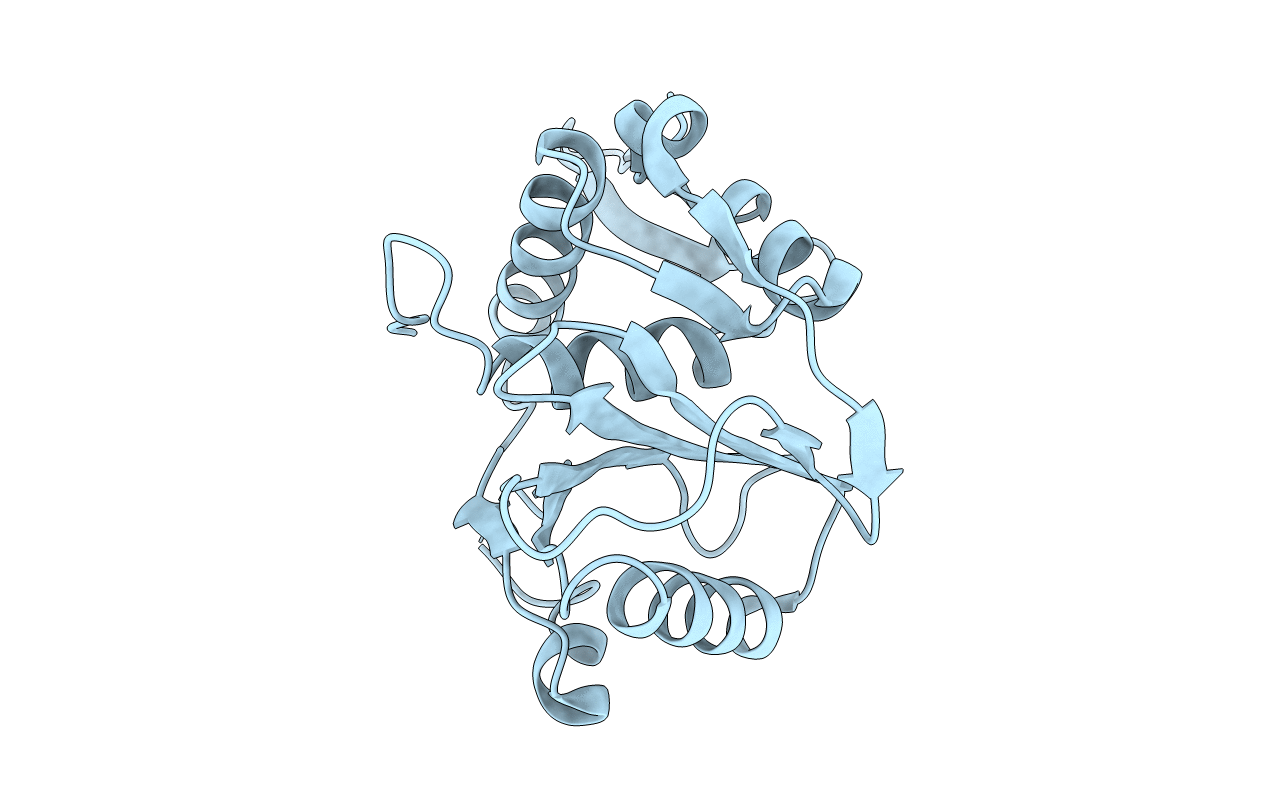
Deposition Date
2016-09-27
Release Date
2017-01-25
Last Version Date
2024-03-06
Entry Detail
Biological Source:
Source Organism:
Thermus phage P7426 (Taxon ID: 466052)
Host Organism:
Method Details:
Experimental Method:
Resolution:
2.60 Å
R-Value Free:
0.24
R-Value Work:
0.21
R-Value Observed:
0.22
Space Group:
P 43 21 2


